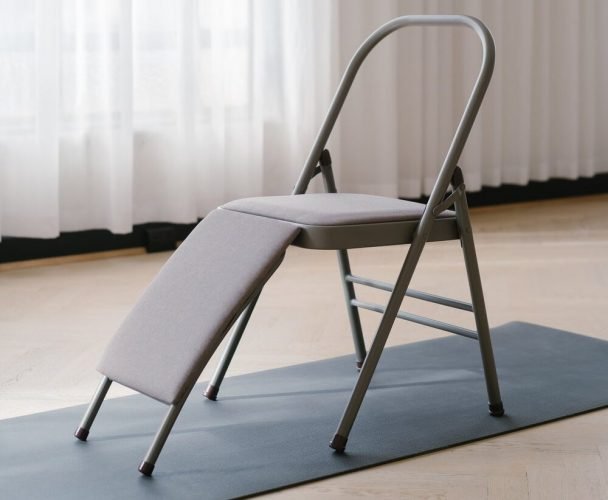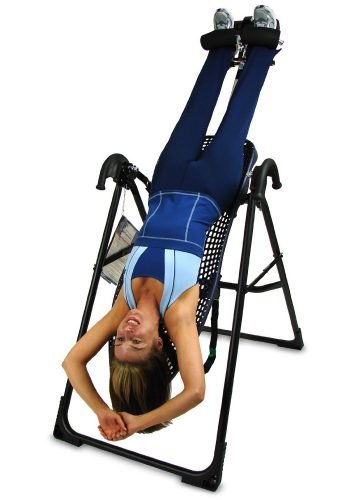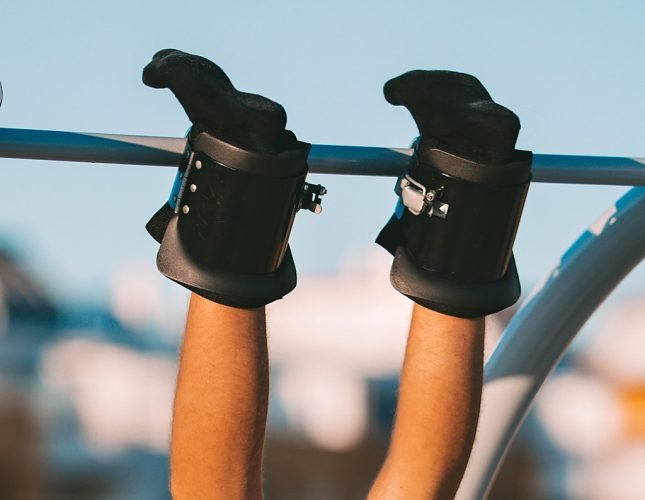All sports are inherently risky, but this shouldn’t deter you from partaking. Regular exercise is not only beneficial to the body, but also promotes mental and emotional wellbeing and improves overall quality of life.
Unfortunately, it is a reality for many sport enthusiast to endure some degree of stress to the spine. Most often this results in re-occurring back pain if the surrounding ligaments and muscles aren’t properly cared for.
Some sports are more taxing on your vertebrae than others, therefore it’s important to be aware how they may affect your body, some common causes of back pain, and how you can go about preventing serious long-term back injuries.
Bicycling

Cycling is certainly one of the most popular aerobic exercises, however, your back muscles might disagree. Many cyclists have poor posture, resulting in lower back and shoulder fatigue. When riding, your spine should he kept in a natural position, avoiding the typical cycling mid-back hunch by only bending forward through the hips.
So, what can you do to reduce lower back pain while cycling on your bike?
Firstly, ensure that your bike is a good fit for your body. It is important to adjust your seat’s height correctly in accordance to your height. You should be able to completely extend your leg while your heel is resting on the down pedal. When placing the ball of your foot on the pedal in riding position, your knee should only slightly be flexed. You seats position is next. Align the pedals horizontally. Place the ball of your foot on the front pedal. You kneecap should now be positioned directly over the pedal spindle, and the saddle should be set at a neutral angle.
Now you need to focus on correct posture. Ensure that the ball of your foot is always over the center of the pedal spindle with toes pointing forward. Pay attention to keeping your spine neutral.
Lastly, having strong abdominal and back muscles will aid in supporting your upper body while cycling, alleviating pressure on your spine. So think about adding a few abdominal exercises into your workout routine.
Bodybuilding and Weightlifting

Bodybuilding and weightlifting are quite taxing for your back muscles, but the latter can be outright dangerous if not done properly. This applies particularly to people of certain age, who may notice disc degeneration, as well as osteoarthritis, which makes them all the more vulnerable to strains.
One of the ways to prevent this is by reducing the amount of weight being lifted while increasing the number of repetitions. Try working out with something like an adjustable kettlebell so that you can better regulate the weight according to your routine.
When lifting heavy weights, bend your knees and lift from there. Keep your back straight.
It’s important to be aware of keeping your spine in a neutral position in order to help protect your spine from injuries. This means that your spine is following the the three natural curves located in your neck, upper back and your lower back.
You can find your neutral spine position in the following way:
- Stand upright with your back against a wall.
- Press against the wall with the back of your head, upper back and tailbone.
- Ensure that you can fit your fingers between the wall and your lower back while still keeping all three touchpoints against the wall.
A good posture corrector is also very helpful in retraining yourself to keep your spine in a neutral position.
It is still important to always seek a professional opinion before, and during, weightlifting and bodybuilding.
Golf

We’ll preface this by saying that golf is a low-impact aerobic activity. However, it may still result in some significant lower back injuries. This is mostly caused due to the sudden movement of a full golf swing, through rotating the spine with a good deal of force.
How to prevent possible back injuries? Always warm up properly with a series of smooth and fluid stretches. This will help to alleviate stiffness in joints. Again, maintain a neutral spine position by keeping your spine in its natural, relaxed position when leaning over the ball. Focus on bending with your hips and your knees.
Try strengthening your core muscles as well. This will result in a more composed swing and better lumbar support.
Running

Running may cause strain to your spine due to the high level of and repetitive stress impact that comes with every step you take. For those with existing lower back problems, it is extremely important to be aware of how to protect the spine from further injury.
Thankfully, there are a few things you can do to prevent back pain before you go out for a run.
Always warm up properly prior to running. Stretch your hamstring twice daily in order to keep them supple and to reduce stress across the lower back. Try and do some muscle toning and strength training on the core muscles of the back.
Furthermore, it goes without saying that when going for a run you should do so with comfortable, supportive running shoes and preferably in a terrain with a forgiving surface, such as a rubber track. This helps with shock absorption and is why you need to avoid running on cement surfaces if you can.
Skiing

Skiing puts a lot of strain on the lower back muscles due to poor posture, constant forward bending and twisting of the upper body, as well as fall-related injuries. The protective wear and additional skiing equipment places further weight on your lower back, adding to the posibility of inflamation and pain.
According to an article posted in Spine-health.com it’s best to start exercising in preparation for skiing at least six weeks prior to hitting the slopes. This gives your muscles enough time to prepare and adjust to the rigourous effects that skiing may have on your body, especially if you are a novice.
As with all sports, warming up beforehand is unquestionably a good idea. A short run down a slope or a few stretches should suffice. Also, stick to your degree of experience. As a novice, it’s advisable to start out on beginner-level slopes, before graduating to more advanced courses.
As mentioned before, if you do suffer from occasional or chronic backpain, please consult your medical practitioner beforehand.
Swimming

Neck is somewhat at risk while swimming, mostly due to repetitive jerks during front strokes, as you take breaths between strokes. Also, the lower back can be overexerted during front strokes.
If you want to prevent back pain during swimming, it is preferable to use back or side strokes. If however, you’re a competitive swimmer, one sure way to go about this is keeping the body level with water, and avoid lifting the head, keeping it straight, rather.
Tennis

Tennis is probably one of the most exacting sports of today, and injuries among players, professional and amateur alike, are not uncommon. For one, front- and backhands require much contortion, twisting the spine and putting an inordinate amount of tension on the muscles and joints involved. Also, the serve hyperextends the lower back, compressing lumbar discs, causing much stress to the spine, not to mention the effort of the constant back-and-forth of the whole match.
Is there a way to prevent this? Well, using a slice serve instead of the kick serve will lessen the degree of back arch, but it also might impair your game. Also, remember to keep proper form – knees bent, stomach in, the works. Whatever you do, ask a professional for advice.
If all else fails here’s 10 products to help you fix a sore back.





